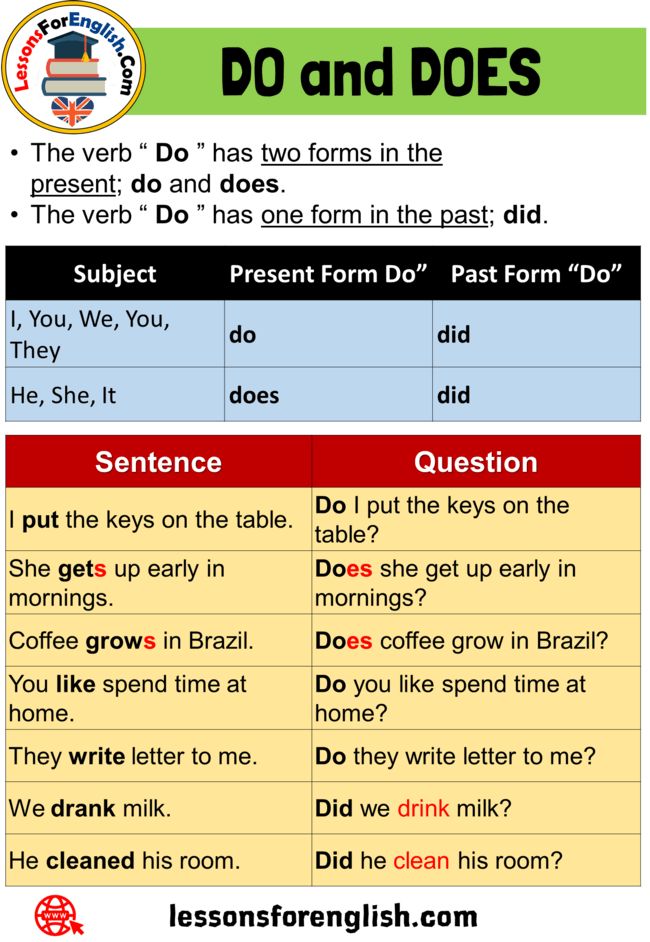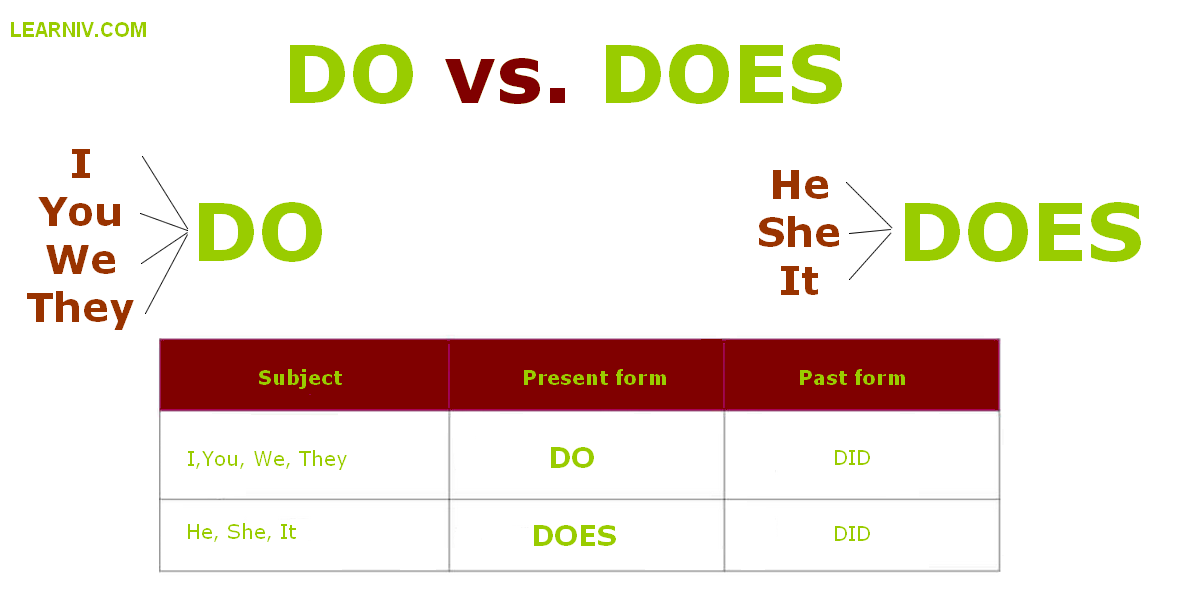Liberal Arts College vs. University: How to Choose the Right Fit
Overview: What’s the Difference?
Both liberal arts colleges and universities award undergraduate degrees, but they typically offer distinct academic models and student experiences. Liberal arts colleges emphasize a broad, well-rounded curriculum with small classes and close faculty interaction, whereas universities generally provide larger, research-focused environments with extensive majors, graduate programs, and broader resources [1] . Many universities offer graduate and professional degrees and may use larger lectures and teaching assistants, while liberal arts colleges often prioritize discussion-based learning and undergraduate teaching [2] .
Academic Focus and Curriculum
At a liberal arts college, the curriculum is designed to expose students to multiple disciplines-humanities, social sciences, natural sciences, and the arts-to build communication, critical thinking, and analytical skills. This breadth-first approach gives students time to explore before declaring a major, which can be helpful if you value flexibility or are still clarifying your path [3] . In contrast, universities typically offer a wider range of specialized majors and depth within each field. Students with clear career goals-especially in areas like engineering, business, or certain sciences-may prefer the focused pathways and specialized coursework often found at universities [3] .

Source: niche.com
Action steps you can take:
- List your top five academic interests and determine whether you want breadth first (ideal for liberal arts) or depth early (often better served at a university) [1] .
- Review sample curricula: Look for general education or core requirements at liberal arts colleges versus major sequencing and prerequisites at universities [3] .
Class Size, Teaching Style, and Faculty Access
Liberal arts colleges commonly feature small class sizes that promote discussion, writing, and close mentorship. They also tend to rely less on teaching assistants, meaning more direct contact with faculty in undergraduate courses. This can create a more personalized learning experience and more opportunities for feedback on your work [1] . Universities, especially larger ones, often include big lecture courses-particularly in introductory sequences-and may employ teaching assistants for lab or discussion sections. While this scale can feel impersonal, it also exposes students to prominent researchers and a wider variety of course offerings [2] .
How to evaluate this on your shortlist:
- Compare student-faculty ratios and average class sizes in first-year and upper-level courses.
- Check whether introductory courses are taught by professors or instructors/TAs by reading departmental pages and course catalogs [1] .
Research Opportunities and Academic Resources
Universities often host extensive research labs, doctoral programs, and grant-funded projects, which can translate into robust research opportunities for undergraduates-especially if you proactively seek them out. The trade-off is that faculty may balance significant research obligations alongside teaching. Liberal arts colleges increasingly offer meaningful undergraduate research, frequently pairing students directly with faculty mentors on smaller-scale or interdisciplinary projects, giving undergraduates earlier access to hands-on inquiry [3] . The best fit depends on whether you prefer joining large research enterprises or collaborating closely on faculty-guided projects with an undergraduate focus.
Steps to find research fits:
- Search department pages and faculty profiles for undergraduate research postings, thesis requirements, and lab opportunities.
- Email department coordinators to ask how first- and second-year students typically get involved in research and how many undergrads present or publish annually [3] .
Campus Life, Community, and Involvement
Liberal arts colleges typically enroll fewer students and may foster tight-knit communities with high participation in clubs, service, and campus traditions. Smaller scale can make it easier to hold leadership roles early. Universities tend to offer a wider range of organizations, cultural groups, intramurals, and often more prominent athletics, but the size can make it harder to stand out without deliberate involvement [3] . Consider whether you thrive in intimate cohorts or prefer the energy and variety of a large campus ecosystem.
Ways to assess student life:
- Attend virtual or in-person student panels, compare club directories, and look at calendars of events.
- Ask current students about accessibility of leadership positions and how easy it is to form close connections early on [3] .
Career Preparation and Outcomes
Both paths can lead to strong career outcomes. Liberal arts colleges emphasize versatile skills-writing, analysis, problem-solving-that apply across sectors such as consulting, policy, education, and law-related paths. Universities may offer more direct pipelines into specialized careers via accredited programs, co-ops, and large employer recruiting. Your results will depend on how you use the resources: internships, alumni networks, career services, undergraduate research, and leadership roles are all key inputs regardless of institution type [3] .
How to act on this now:
- Compare each school’s career center resources-resume labs, internship databases, and alumni mentoring-and ask about typical internship timing by major.
- Request outcome reports by major when available and inquire (politely) how recent graduates secured roles or grad school placements.
Decision Framework: Which Is Right for You?
Use this step-by-step process to choose confidently:
- Clarify your goals: Decide whether you value broad exploration or early specialization. If undecided, a liberal arts environment may offer more curricular flexibility; if focused, a university’s depth can be advantageous [3] .
- Map learning preferences: If you prefer small, discussion-based classes and close mentorship, lean liberal arts; if you’re comfortable with lectures and want wide course variety and labs, lean university [1] .
- Assess research style: Determine whether you want early faculty collaboration (often liberal arts) or large-scale lab access and doctoral ecosystems (often universities) [3] .
- Evaluate campus fit: Choose between a close-knit community and a broad, diverse campus experience with extensive organizations and athletics [3] .
- Check support systems: Review advising models, tutoring, writing centers, and career services to ensure you’ll have the guidance you need.
Building Your Target List (Action Plan)
Follow these practical steps to build a balanced list:
- Create must-have criteria: maximum average class size, majors available, research access, location, and cost considerations.
- Shortlist 6-12 schools spanning reach, match, and likely categories. Include both liberal arts colleges and universities if you’re undecided.
- Investigate course catalogs and degree maps to confirm the curricular model aligns with your preferences [1] .
- Attend admissions info sessions and student panels. Ask targeted questions about faculty access, internships, and outcomes.
- If possible, schedule campus visits. If you can’t visit, take virtual tours and book one-on-one calls with current students or recent alumni.
Applications, Financial Aid, and Next Steps
When you’re ready to apply, you can use widely accepted platforms and official processes. Many colleges and universities accept the Common Application, while others may offer their own institutional application. For federal financial aid, you can apply via the official FAFSA process managed by the U.S. Department of Education. If you are uncertain about specific application URLs or portals for a given institution, search for the institution’s official admissions page and confirm deadlines and requirements there. For FAFSA and federal aid information, visit the U.S. Department of Education’s official website and search for “FAFSA” or consult their verified help resources. This approach helps ensure you access the most current and legitimate portals without relying on unverified links.
Step-by-step to move forward:

Source: updf.com
- Confirm each school’s application platform and deadlines on its official admissions site.
- Create an activities and honors list, and draft essays tailored to each school’s mission and programs.
- Ask recommenders 4-6 weeks in advance and provide them with your resume and target talking points.
- Complete need-based aid forms by priority deadlines and explore departmental or merit scholarships listed on official school sites.
Common Trade-offs and How to Navigate Them
Potential challenges include large lectures and less direct faculty time at some universities, which you can mitigate by enrolling in honors programs, office hours, and smaller upper-division seminars. At liberal arts colleges, the smaller scale may limit the number of hyper-specialized majors or niche labs; you can address this by using cross-registration (when available), summer research at larger universities, or strategic internships. In both settings, proactive engagement tends to narrow gaps in opportunity.
Key Takeaways
If you want small, discussion-driven classes and wide intellectual exploration, a liberal arts college may be the best fit. If you prefer expansive major choices, research infrastructure, and big-campus options, a university could suit you better. Your success will hinge on how well the academic model, campus environment, and support services match your goals-and how actively you leverage them throughout your undergraduate journey [1] [2] [3] .
References
[1] College Essay Guy (2023). What is a Liberal Arts College?
[2] Niche (2017). Liberal Arts College vs. University.
[3] Solomon Admissions (2024). Liberal Arts College vs. University Education.
MORE FROM todayhiring.us













